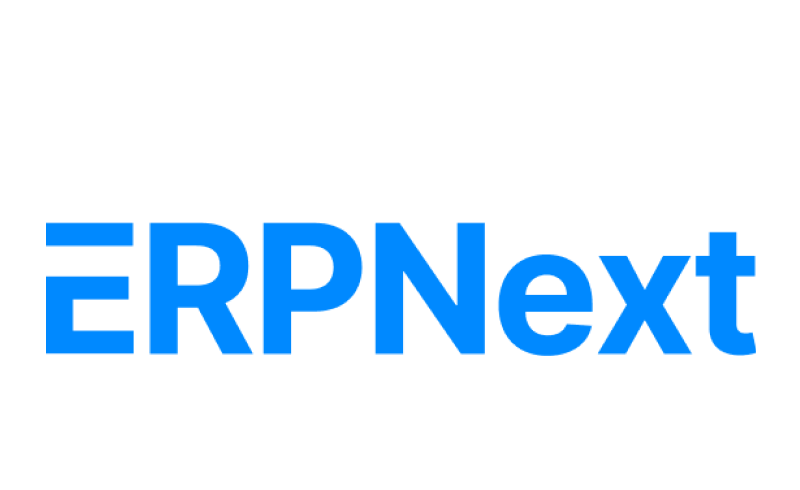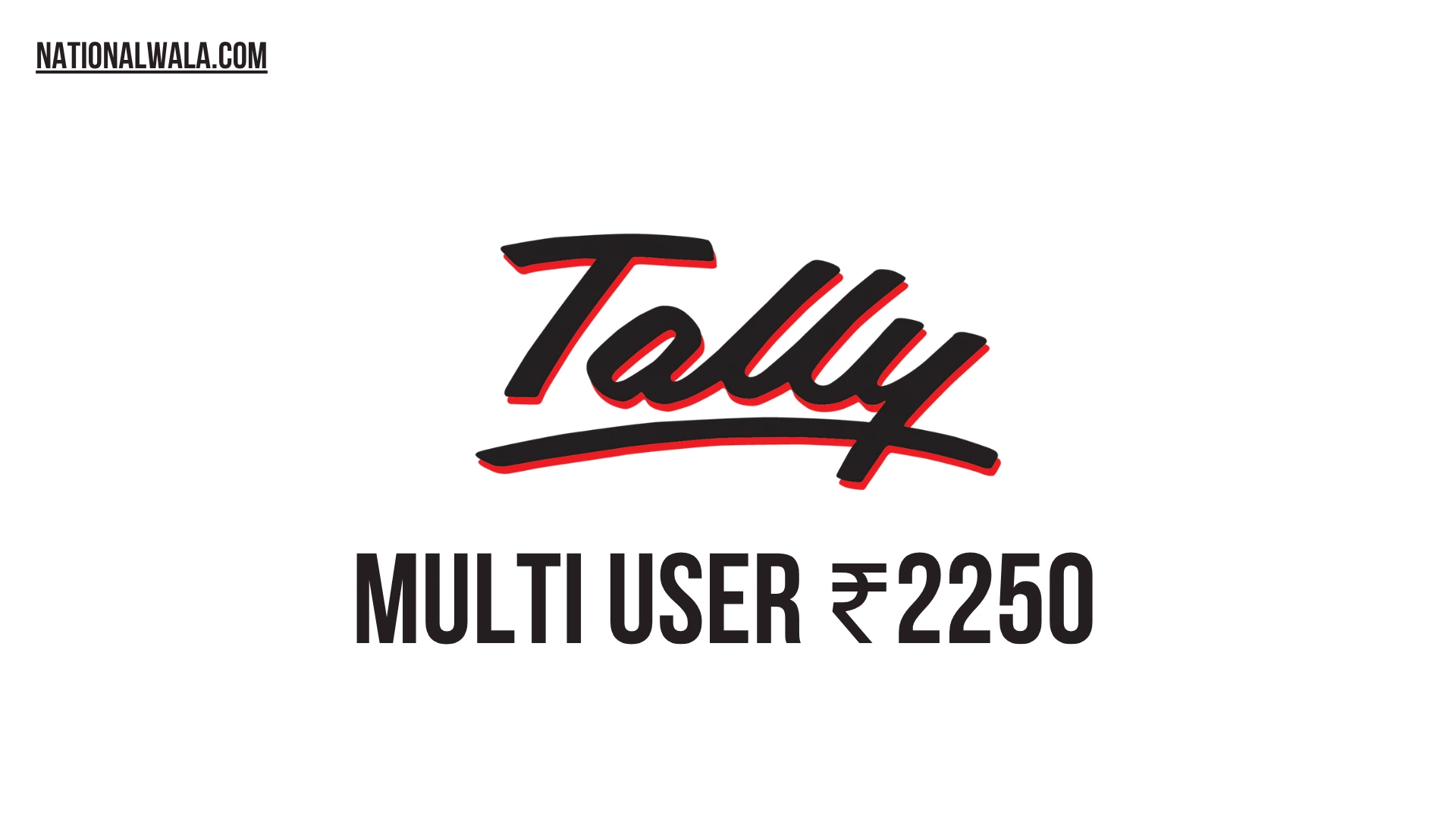Choosing the right accounting software is crucial. It impacts your business operations, decision-making, and growth. Two popular choices in the market are SAP and Tally. Each serves a different purpose. Let’s break down the differences and help you decide what’s best for your business.
Table of Contents
What is Tally?
Tally is a widely used accounting software in India. It’s popular among small and mid-sized businesses. Tally Prime, the latest version, includes features like GST compliance, inventory control, payroll, and more.
The system works offline but allows remote access with some configuration. It’s fast, reliable, and tailored to businesses with straightforward accounting needs.
What is SAP?
SAP stands for Systems, Applications, and Products in Data Processing. It’s a global ERP (Enterprise Resource Planning) solution. SAP is used by medium to large-scale businesses. It covers not only accounting but also HR, supply chain, CRM, and more.
SAP offers both cloud and on-premise solutions. SAP Business One and SAP S/4HANA are the two most popular versions among enterprises.
Interface and Usability
Tally has a text-based, menu-driven interface. It’s simple once you get used to it. However, beginners may struggle in the beginning.
SAP offers a modern, graphical interface. Dashboards, reports, and modules are well-organized. It’s user-friendly but requires training due to its vast scope.
Tally is quicker to learn, while SAP demands more onboarding time. However, SAP offers greater functionality and control.
Deployment Options
Tally is primarily desktop-based. You install it on your system. Offline access is a major plus for businesses in low-connectivity regions.
SAP provides cloud, on-premise, and hybrid deployment. You can choose according to your business needs. Cloud deployment offers greater flexibility.
Tally needs third-party cloud hosting for online access. SAP, on the other hand, is ready for digital transformation.
Core Features
Accounting
Both tools handle basic accounting. You can manage ledgers, journal entries, and reconciliations.
Tally focuses on statutory compliance, GST, and vouchers. It’s perfect for Indian businesses.
SAP offers advanced financial management. You can manage global currencies, multiple entities, and real-time consolidation.
Inventory
Tally includes inventory tracking. It supports units of measurement, stock valuation, and reorder levels.
SAP takes it further. You can manage warehouses, batch numbers, barcoding, and procurement. It’s ideal for large supply chains.
Taxation
Tally excels in Indian GST compliance. It’s regularly updated with Indian tax laws.
SAP supports multiple tax structures worldwide. You can manage VAT, GST, and custom duties in different regions.
Invoicing
Tally enables invoice creation, customization, and GST-ready formats.
SAP automates invoicing. It integrates with CRM, procurement, and inventory. You can schedule, approve, and monitor invoices in real time.
Reporting
Tally provides standard financial reports. These include P&L, balance sheet, and stock summaries.
SAP offers advanced analytics. It includes dashboards, KPIs, forecasting, and business intelligence tools.
SAP’s reporting is more visual, customizable, and powerful.
Integration Capabilities
Tally can integrate with other systems using APIs. But this usually requires external tools or IT support.
SAP seamlessly connects with other SAP modules. It also supports third-party integrations across CRM, HRMS, and more.
If your business uses multiple systems, SAP provides better interconnectivity.
Automation
Tally includes basic automation. You can set recurring entries and auto-calculations. But most processes remain manual.
SAP focuses heavily on automation. From workflows to notifications, SAP reduces manual intervention. AI and ML tools further enhance productivity.
This is where SAP clearly stands out.
Scalability
Tally suits small to mid-sized businesses. You can add users or features, but there’s a limit.
SAP is highly scalable. You can manage operations across regions, departments, and industries. It’s suitable for businesses planning rapid growth.
As your business grows, SAP adapts. Tally, however, may require replacement later.
Security and Data Protection
Tally stores data locally. You are responsible for backups and security. With cloud hosting, you can add extra protection layers.
SAP offers enterprise-grade security. Data is encrypted, backed up, and access-controlled. It complies with global standards like GDPR.
SAP’s in-built security is more advanced than Tally’s.
Mobile Access
Tally has a basic mobile app for viewing reports. With cloud hosting, it supports more functions.
SAP provides mobile apps for every role. You can manage workflows, approve orders, and access dashboards on the go.
For businesses with mobile-first teams, SAP is a better fit.
Customer Support
Tally offers support through certified partners. Local vendors assist with setup, troubleshooting, and training.
SAP provides global support. You get access to documentation, community forums, SAP consultants, and 24/7 customer care.
SAP’s support is more structured and robust.
Pricing Comparison
Tally has a one-time license fee or an annual subscription. It’s affordable for small businesses.
SAP’s pricing depends on the edition and deployment type. It usually includes license fees, user fees, and implementation costs.
Here’s a general overview:
| Software | Pricing Model | Starting Price (INR) |
|---|---|---|
| Tally | One-time/Annual | ₹18,000 (Single-user/year) |
| SAP | Subscription/License | ₹1,00,000+ (Varies with version) |
Tally is budget-friendly. SAP, while expensive, delivers value for large enterprises.
Pros and Cons
Tally Pros:
- Easy to use
- Affordable pricing
- Offline support
- Local tax compliance
Tally Cons:
- Limited integration
- Basic automation
- Not suitable for large enterprises
SAP Pros:
- Full ERP functionality
- Scalable and flexible
- Advanced automation
- Strong global support
SAP Cons:
- Higher cost
- Complex implementation
- Training required
Which One Is Right for You?
Choose Tally if:
- You run a small to mid-sized business.
- You need GST compliance in India.
- Your accounting needs are simple.
Choose SAP if:
- You manage a growing or enterprise-level business.
- You require a full ERP solution.
- You want automation, scalability, and global compliance.
Final Thoughts
Both SAP and Tally are powerful tools. But they cater to different audiences. Tally is great for traditional accounting and local businesses. SAP supports digital transformation and enterprise-level control.
Before choosing, assess your business size, goals, and tech capability. Tally Solutions helps you run your books. SAP helps you run your entire business.



